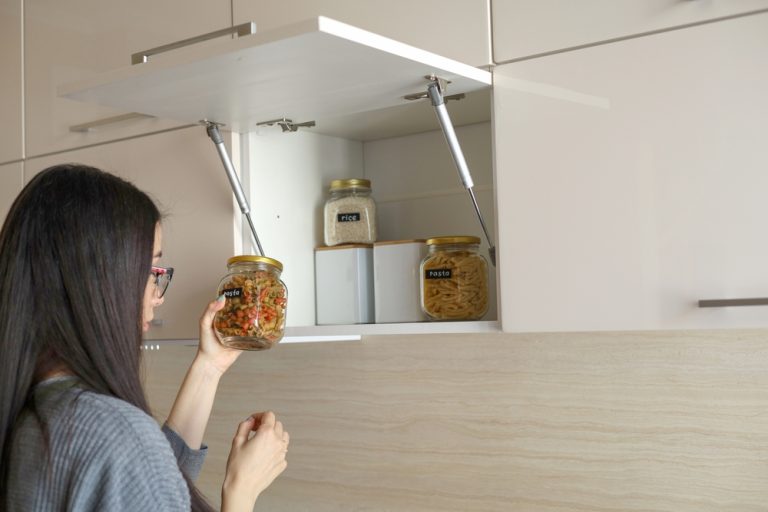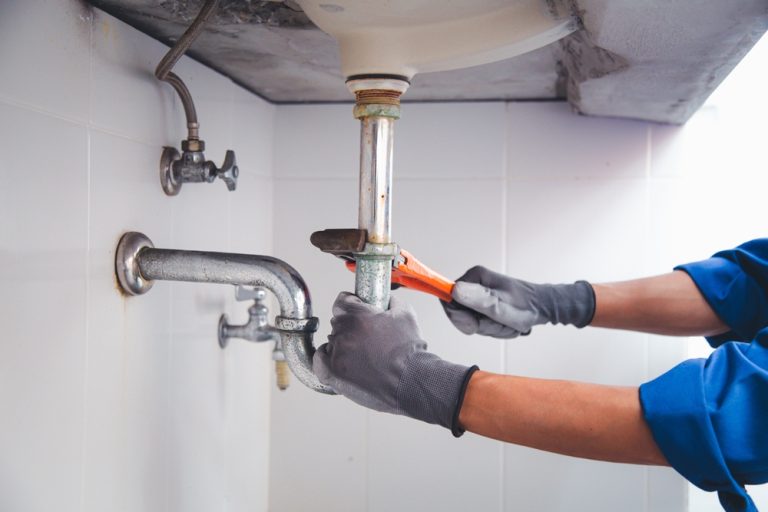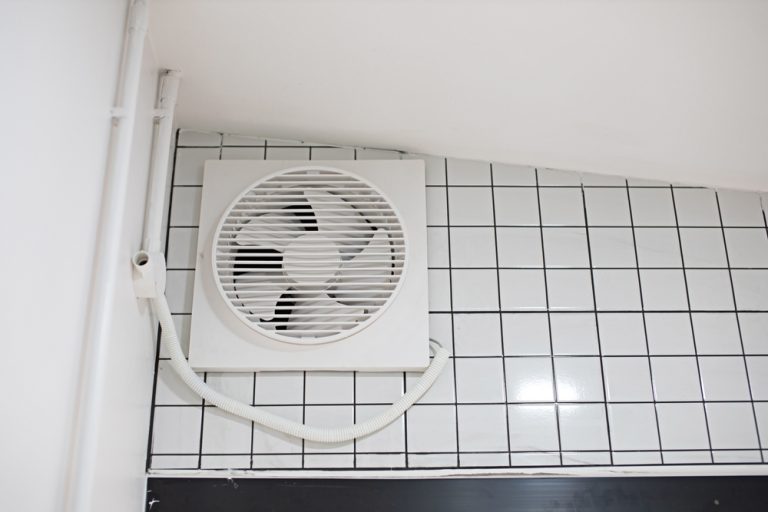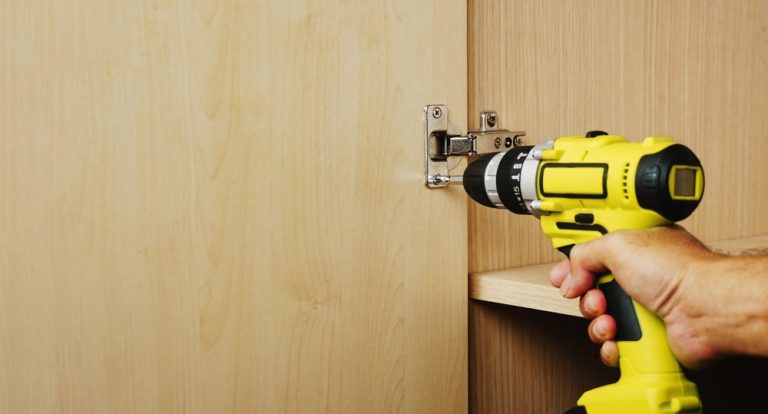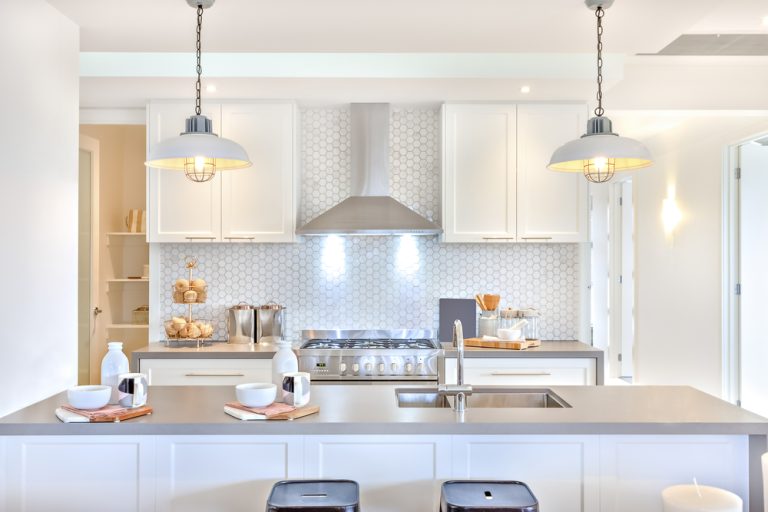How to Set Up a Temporary Kitchen During a Remodel?
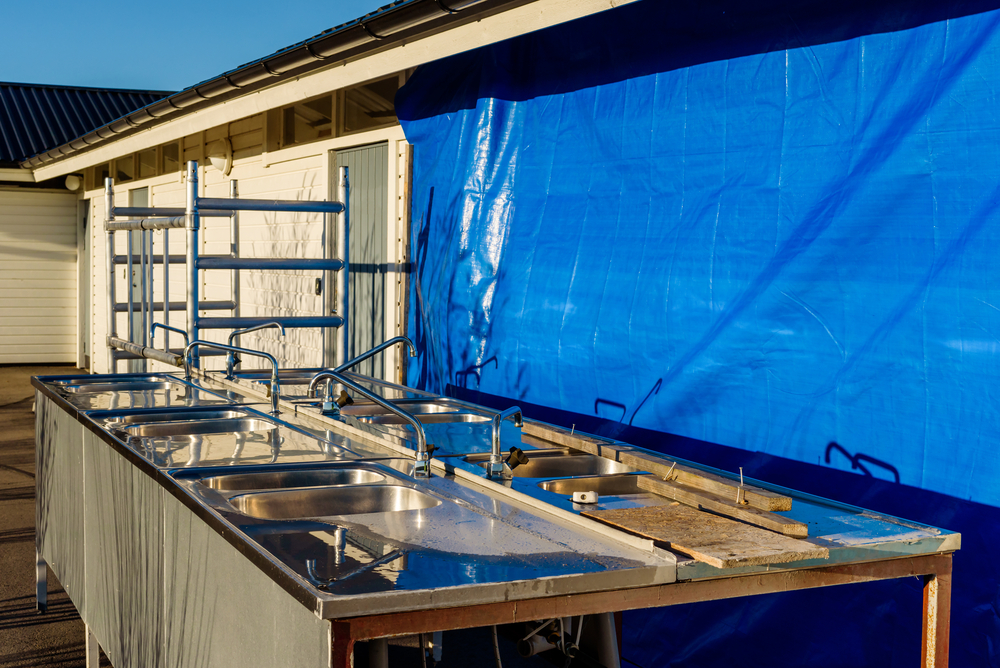
Remodeling your kitchen can be an exciting project that transforms the heart of your home. However, the process often means you’ll be without a fully functional kitchen for weeks or even months. To make this period more manageable, knowing how to set up a temporary kitchen during a remodel is essential. A well-organized temporary kitchen can help maintain some normalcy in your daily routine and reduce the stress that comes with a kitchen remodel.
In this blog, we’ll guide you through the steps to set up a temporary kitchen, from choosing the right location to organizing your cooking essentials. By planning ahead, you can create a space that allows you to continue preparing meals and maintaining your household while your dream kitchen takes shape.
Choosing the Right Location for Your Temporary Kitchen
The first step in setting up a temporary kitchen is choosing the right location. Ideally, you’ll want to find a space that is away from the dust and noise of the construction zone but still accessible for cooking and dining.
Considerations for Location
- Proximity to Water: Choose a location near a water source, such as a bathroom or laundry room, to make washing dishes and preparing food easier.
- Access to Power Outlets: Ensure the area has enough power outlets to plug in your essential kitchen appliances, like a microwave, toaster oven, and mini-fridge.
- Ventilation: A space with good ventilation, such as a garage or an enclosed porch, can help manage cooking odors and keep the area comfortable.
- Space and Layout: The area should have enough space to accommodate your temporary kitchen setup, including countertops or tables for food prep, storage for essentials, and room for any portable appliances.
Popular choices for temporary kitchens include dining rooms, basements, garages, or even a sectioned-off part of your living room.
Gathering Essential Appliances and Equipment
Once you’ve chosen the location for your temporary kitchen, the next step is to gather the essential appliances and equipment you’ll need to prepare meals. The goal is to maintain a functional kitchen environment with minimal equipment.
Essential Appliances
- Microwave: A microwave is invaluable for reheating leftovers, cooking simple meals, and steaming vegetables.
- Toaster Oven: A toaster oven can handle a surprising variety of tasks, from toasting bread to baking small dishes.
- Hot Plate or Portable Cooktop: If you don’t have access to your stove, a hot plate or portable cooktop can serve as a temporary cooking surface.
- Slow Cooker or Instant Pot: These multi-functional appliances are perfect for preparing soups, stews, and one-pot meals with minimal fuss.
- Mini-Fridge: A mini-fridge is essential for storing perishable items like milk, eggs, and leftovers. If space allows, you might also consider a small freezer for additional storage.
- Electric Kettle: An electric kettle can quickly boil water for tea, coffee, or instant meals.
Popular choices for temporary kitchens include dining rooms, basements, garages, or even a sectioned-off part of your living room.
Basic Kitchen Tools
- Cutting Board and Knife: A cutting board and a good knife are essential for food prep.
- Mixing Bowls and Utensils: Have a few mixing bowls, spatulas, and other basic utensils on hand for preparing and serving meals.
- Pots and Pans: Depending on your cooking habits, you may want to include a small saucepan, a frying pan, and a baking dish.
- Dish Drying Rack: A dish drying rack is helpful if you don’t have access to a dishwasher in your temporary setup.
Remember to keep your equipment and tools minimal to avoid clutter and maintain an organized space.
Organizing Your Temporary Kitchen Space
Organization is key to making your temporary kitchen as functional as possible. With limited space, you’ll need to be strategic about how you set up your cooking and storage areas.
Countertop and Prep Space
Use a table or countertop for food preparation. If your space is limited, consider using a rolling cart or a portable kitchen island to add additional surface area. Keep this space clear of unnecessary items to maximize your workspace
Storage Solutions
- Pantry Items: Store non-perishable pantry items in plastic bins, baskets, or on shelves. Label the containers for easy access and organization.
- Cooking Utensils: Use a utensil holder or a small drawer organizer to keep your most-used tools within reach.
- Dishes and Cutlery: If you have limited cabinet space, consider using open shelving or a dish rack for plates, bowls, and cutlery.
Meal Planning
Plan your meals in advance to make the most of your temporary kitchen. Focus on simple recipes that don’t require a lot of prep work or cooking time. Pre-cooked meals, one-pot dishes, and salads are great options.
Managing Food Storage and Dishwashing
Food storage and dishwashing can be challenging in a temporary kitchen, especially if you don’t have access to your regular refrigerator or dishwasher.
Food Storage Tips
- Use a Cooler: If your mini-fridge doesn’t have enough space, consider using a cooler for additional storage. Rotate ice packs or bags of ice to keep items cold.
- Batch Cooking: Prepare larger batches of meals and freeze portions to minimize the need for daily cooking.
- Dry Goods: Store dry goods like pasta, rice, and canned goods in airtight containers to keep them fresh and organized.
Dishwashing Solutions
- Dishwashing Station: Set up a dishwashing station near a sink with a dish rack, sponge, dish soap, and drying towels. If you don’t have access to a sink, consider using a large basin or plastic tub for washing dishes and another for rinsing.
- Disposable Items: To minimize dishwashing, consider using disposable plates, cups, and cutlery. While not environmentally friendly, this can be a practical solution during the remodel.
Maintaining a Comfortable and Functional Space
Your temporary kitchen should be as comfortable and functional as possible to make the remodeling period more bearable.
Keep It Clean
Regularly clean your temporary kitchen to prevent the space from becoming cluttered or unsanitary. Wipe down surfaces, take out the trash frequently, and wash dishes promptly.
Create a Dining Area
If possible, set up a small dining area near your temporary kitchen. This can be as simple as a folding table and chairs or even a picnic-style setup. Having a dedicated space to eat will make meals feel more normal and less disruptive.
Stay Flexible
Remodeling projects can be unpredictable, so it’s important to stay flexible. Be prepared to adjust your setup as needed and embrace the temporary nature of your kitchen. Consider it an opportunity to get creative with your cooking and meal planning.
Conclusion
Setting up a temporary kitchen during a remodel is essential for maintaining some normalcy and reducing stress during the construction process. By choosing the right location, gathering essential appliances, organizing your space, and managing food storage and dishwashing effectively, you can create a functional and comfortable kitchen environment.
While it may not be as convenient as your permanent kitchen, a well-planned temporary setup will make the remodeling period more manageable and keep your household running smoothly. With a little creativity and organization, you can continue to enjoy home-cooked meals and a sense of routine until your new kitchen is ready.

